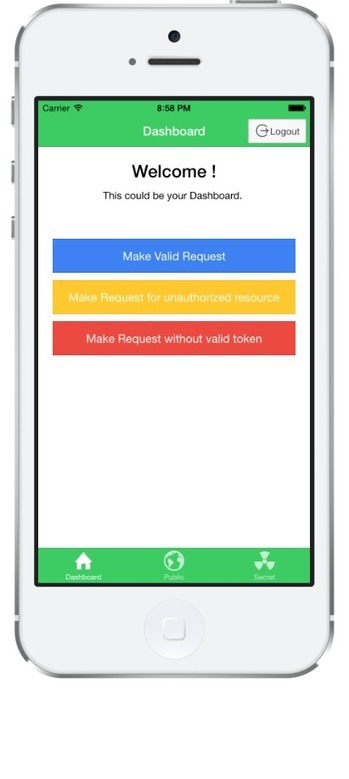Security can't be overemphasized when it comes to developing software applications. A single authentication factor system (e.g username and password) is no longer safe enough. If credentials are stolen, a user can be impersonated. Implementing a multi-factor authentication system increases security by requiring the user to provide an additional sets of credentials before they are granted access.
Implementing multi-factor authentication can be time-consuming, challenging, and often difficult to get right. However, in this post I'll show you how to quickly implement multi-factor authentication in your React applications in just a few minutes without breaking a sweat!




 Your new post is loading...
Your new post is loading...




























